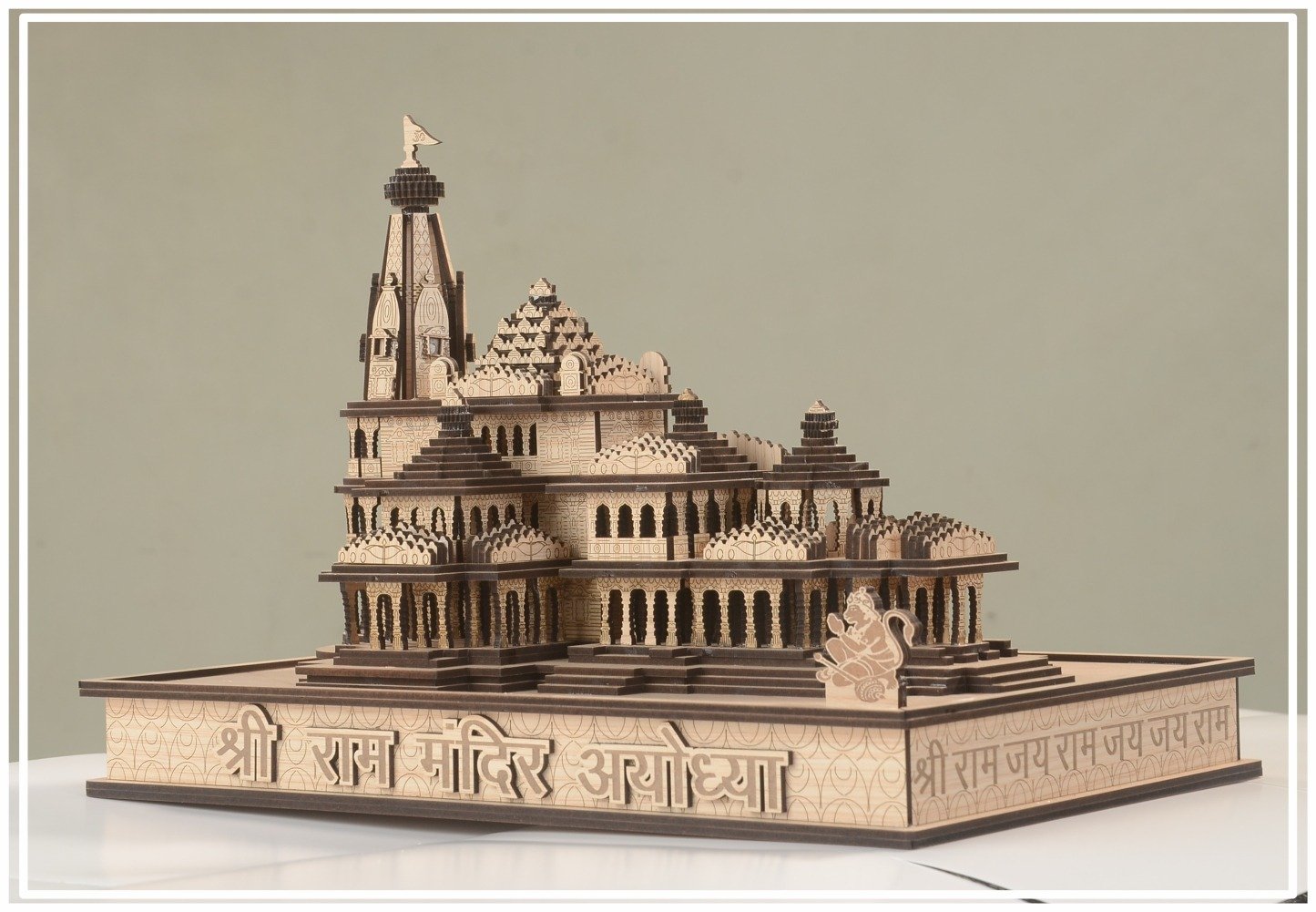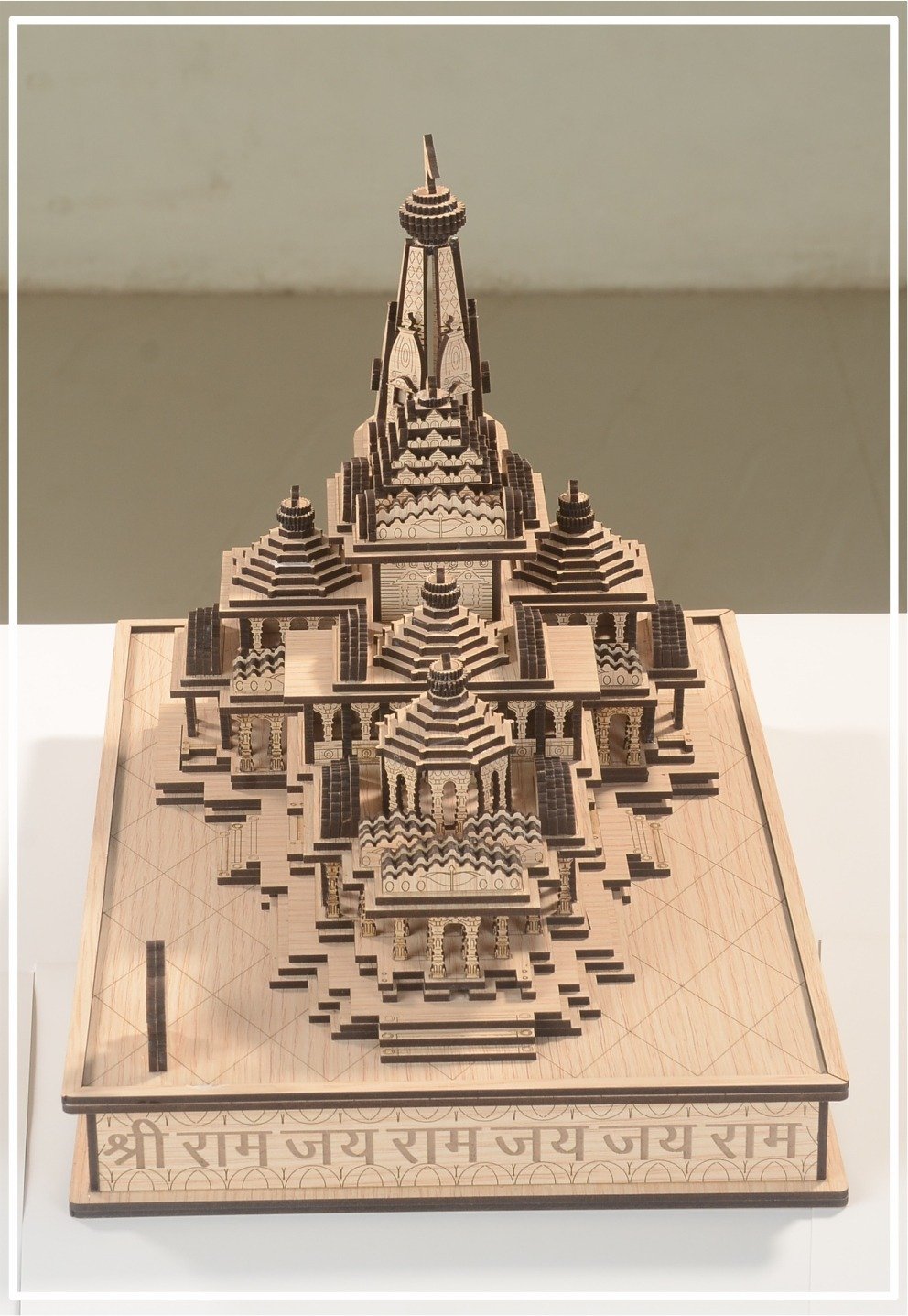Introduction to Ram Mandir
The Ram Mandir, located in Ayodhya, India, is a significant symbol of cultural heritage and religious faith. This monumental temple is dedicated to Lord Ram, a revered deity in Hinduism, and has been a focal point of devotion for millions of devotees worldwide.
Architectural Grandeur of Ram Mandir
The design and architecture of the Ram Mandir are truly magnificent. The temple is built using pink sandstone from Rajasthan, which adds to its majestic appearance. The intricate carvings and sculptures on the temple walls depict various episodes from the epic Ramayana, reflecting the rich artistic tradition of India. The sanctum sanctorum, where the idol of Lord Ram is enshrined, is designed to evoke a sense of divine presence and tranquility.
Cultural and Religious Significance
Ram Mandir holds immense cultural and religious significance for Hindus. It is not merely a place of worship but also a symbol of the triumph of faith and perseverance. The temple’s construction marks the culmination of a long-standing aspiration of the Hindu community, making it a landmark of unity and devotion. Pilgrims from across the globe visit Ram Mandir to seek blessings and immerse themselves in the spiritual ambiance.
Visitor Experience at Ram Mandir
Visitors to the Ram Mandir can expect a spiritually enriching experience. The temple complex is meticulously maintained, offering a serene and peaceful environment for prayer and reflection. Special arrangements are made for devotees to participate in rituals and ceremonies, enhancing their spiritual journey. The temple also features informative displays and guides to educate visitors about its historical and cultural importance.







Reviews
There are no reviews yet.